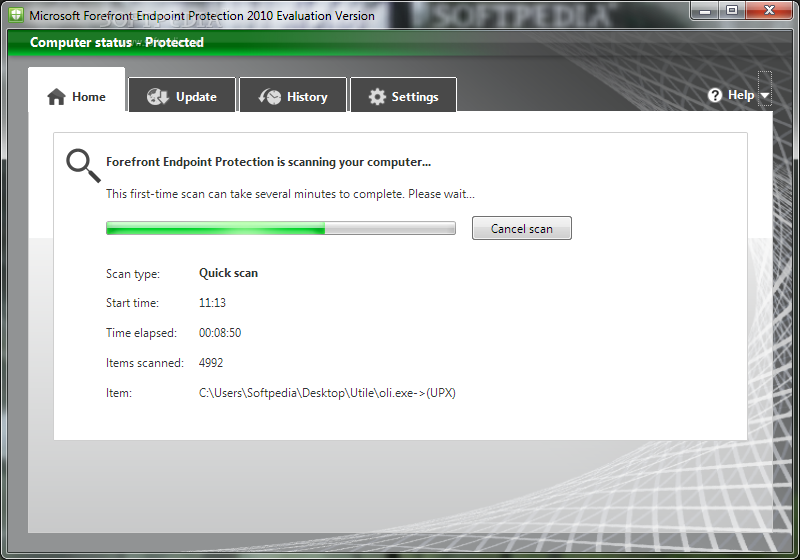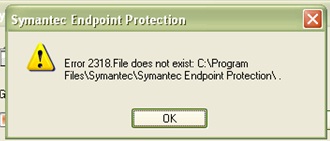
- #HOW TO REMOVE SYMANTEC ENDPOINT PROTECTION HOW TO#
- #HOW TO REMOVE SYMANTEC ENDPOINT PROTECTION PRO#
- #HOW TO REMOVE SYMANTEC ENDPOINT PROTECTION CODE#
- #HOW TO REMOVE SYMANTEC ENDPOINT PROTECTION PASSWORD#
- #HOW TO REMOVE SYMANTEC ENDPOINT PROTECTION WINDOWS#
Happy Halloween to those who celebrate such things, en. Gone back to GMT and I shall be travelling home from work in the dark for theįoreseeable future.
#HOW TO REMOVE SYMANTEC ENDPOINT PROTECTION PRO#
#HOW TO REMOVE SYMANTEC ENDPOINT PROTECTION CODE#
Just make a note of the return code and the behavior of the client during the uninstall meaning whether it automatically reboots or not. Far as removing symantec if you can make the uninstall command work from an elevated CMD then it will work in SCCM.
#HOW TO REMOVE SYMANTEC ENDPOINT PROTECTION HOW TO#

CleanWipeįor difficulty with uninstalling Endpoint Protection, see also: Uninstalling Symantec Endpoint Protection with the CleanWipe utility. DLL: C:\WINDOWS\Installer\MSI14D.tmp, Entrypoint: CustomAction_SxsMsmCleanupġ: sxsdelca tried opening key w/o wow64key 2: Software\Microsoft\Windows\CurrentVersion\SideBySide\PatchedComponents 3: 672 4: 0ġ: sxsdelca tried opening wow64key 2: Software\Microsoft\Windows\CurrentVersion\SideBySide\PatchedComponents 3: 680 4: 0 MSI (s) (0C:34) : Invoking remote custom action. MSI (s) (0C:20) : Doing action: SxsUninstallCA Now from that directory run this command psexec.exe c:removelist. The uninstaller is trying to find some keys which are present in a 64-bit operating system, but they do not exist on a 32-bit operating system:Īction ended 13:37:50: InstallFinalize. I placed psexec, my computer list and my batch file in a directory c:remove just to keep it all together.

For more information, please refer to the official article: Client Settings - Endpoint Protection. Then, deploy a package and program to uninstall the Endpoint Protection client.
#HOW TO REMOVE SYMANTEC ENDPOINT PROTECTION WINDOWS#

THE ABOVE COMMAND line examples are the ones to use for a third-party tool for uninstall, for example what command-line to pass via SCCM Type cmd to open the Windows command prompt.Įxample: msiexec.exe /x /lv!* c:\uninstallSEP.txt.Browse the Uninstall subkeys in the left-hand pane, and check the values in the right-hand pane to find a value for the DisplayName that equals Symantec Endpoint Protection.Navigate to HKEY_LOCAL_MACHINE\SOFTWARE\Microsoft\Windows\CurrentVersion\Uninstall\.Type regedit to open the Windows Registry Editor.Find the Symantec Endpoint Protection uninstallation product key:.Log on to the computer with administrator rights.
#HOW TO REMOVE SYMANTEC ENDPOINT PROTECTION PASSWORD#
You can disable password protection from SEPM: Note: If you have password protected client uninstallation, you should disable it first and then run the script.



 0 kommentar(er)
0 kommentar(er)
